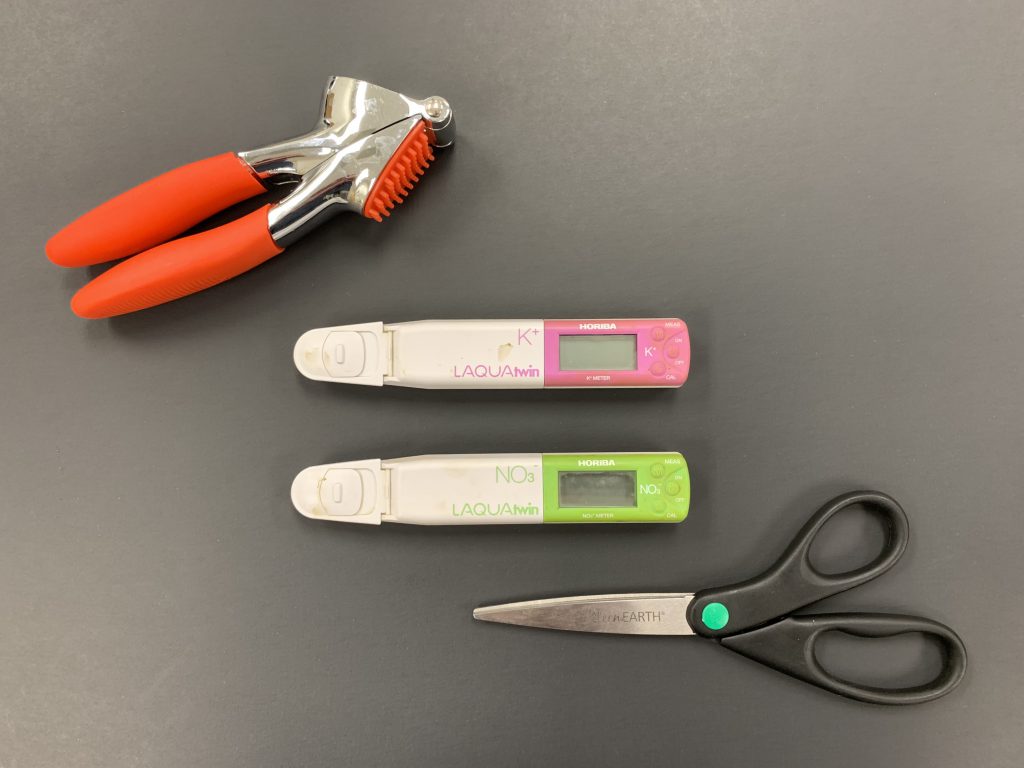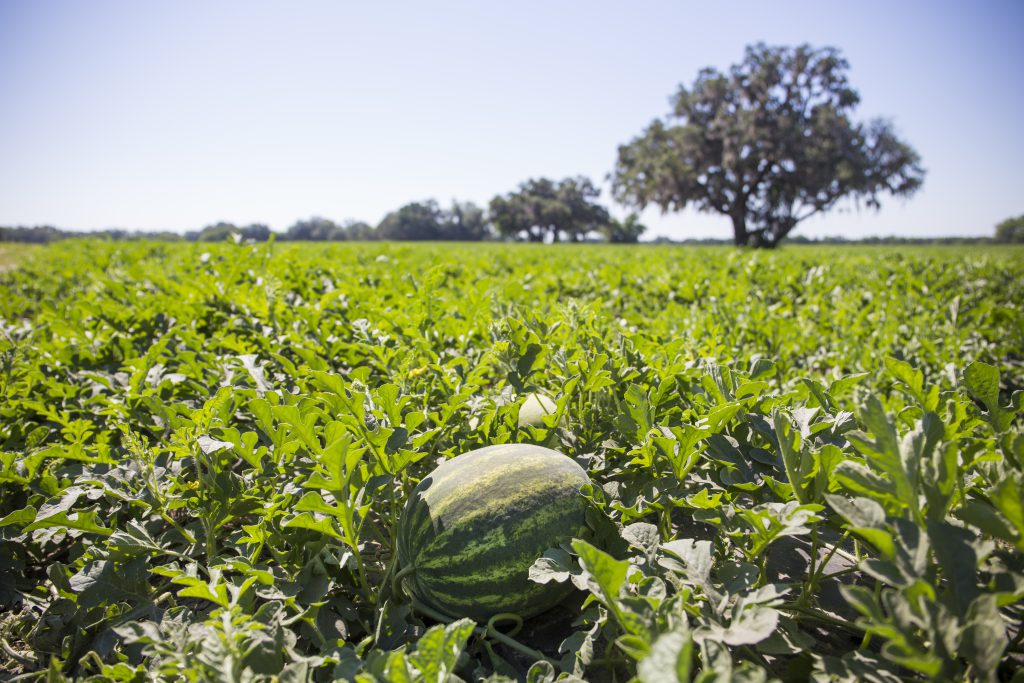Proper plant nutrition is key to a successful vegetable crop. Too little fertilizer reduces yields. Too much fertilizer, though not always harmful to the crop, can be economically detrimental to the farm and can negatively impact the environment. Also, over applying fertilizers contradicts state guidelines for vegetable production best management practices (BMPs). These BMPs are designed to protect Florida’s groundwater quality and quantity.
A nutritional management plan for a vegetable farm begins with a soil analysis. Understanding the nutrients already in the soil will help a producer understand which nutrients need supplementation during the growing season. A soil analysis by the UF/IFAS Extension Soil Testing Laboratory can include standard soil analysis (pH, lime requirement, P, K, Ca, and Mg), soil micronutrients, organic material, and EC (Electrical Conductivity). Click here for a producers soil analysis form.
When the soil analysis results are returned, refer to the UF/IFAS Vegetable Production Handbook for production recommendations. This publication is updated annually and provides fertilizer, disease, and insect management recommendations for most vegetable crops grown in Florida.

Petiole Sap Testing supplies for monitoring nutrient levels. Photo Credit: Matt Lollar, University of Florida/IFAS Extension – Santa Rosa County
Soil sample analysis can provide accurate recommendations for nutrient inputs for vegetable crops, but environmental conditions, such as precipitation and temperature can impact nutrient availability. Nutrition management should be managed throughout the growing season. Nutrients should be monitored in the plant material rather than in the soil. Fortunately, a number of manufactures have developed nitrate and potassium “quick-test” kits for vegetable plant sap-testing. These test meters can be used in the field to help manage nitrogen and potassium fertilizer inputs.
Sap-testing utilizes the sap from leaf petioles to give an accurate measurement of current plant nutrient content. The petiole is the leaf stem. Petioles of the most-recently-matured leaves should be used for testing. More consistent test results can be achieved through standardization of testing time, such as at 10:00 am every Tuesday. A good sap sample size for a 10-acre field would be about 20 leaf petioles. The petioles should be chopped and mixed, with a small subsample squeezed using a garlic press to remove the sap. Complete information on how to do petiole sap testing can be found here: Plant Petiole Sap-Testing For Vegetable Crops.
In addition to nitrate and potassium meters, a calcium meter is now available. Unfortunately, adequate calcium petiole sap concentrations are not currently available for Florida. Calcium isn’t very mobile in crops and deficiencies are more difficult to correct compared to nitrogen and potassium.
- Crops to Consider for Fall Planting - September 26, 2025
- Benefits of Manure Fertilizers and Analysis - March 21, 2025
- Mushrooms – A Crop Worth Consideration for the Back Forty - October 4, 2024

